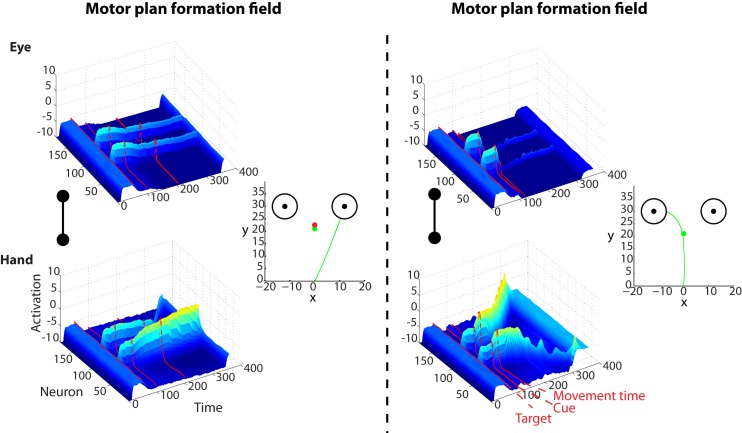Fig 5. Characteristic example of the simulated model activity during an effector choice task with two targets.
Left: Neuronal activity of the DNFs that plan saccade (upper row) and reaching (bottom row) movements in a free-choice task with two competing targets. Two targets located in the left and the right hemifield at equal distance from the “hand” and “eye” origin are presented at 50 time-steps followed by a “free-choice” cue signal (red and green cues are presented simultaneously) 50 time-steps later, which indicates that the framework is free to choose any effector to acquire any of the two targets. Since there is no effector preference to bias the effector competition, it takes longer for the model to decide whether to use the “hand’ or the “eye” to acquire the target. As a result, the competition between the targets is usually resolved before the movement onset, resulting frequently in direct movements to the selected target (green trace is a characteristic example of reaching movement in a free-choice trial). Right: Similar to the left panel but for a “cued-reaching” trial (green cue). The effector competition is resolved shortly after the cue is presented and the movement starts sooner than the free-choice trial due to the excitatory inputs from the context cue neurons. Thus, the competition between the targets is usually not resolved before the movement onset resulting in curved trajectories (green trace is a characteristic example of reaching movement in a “cued-reaching” trial).

